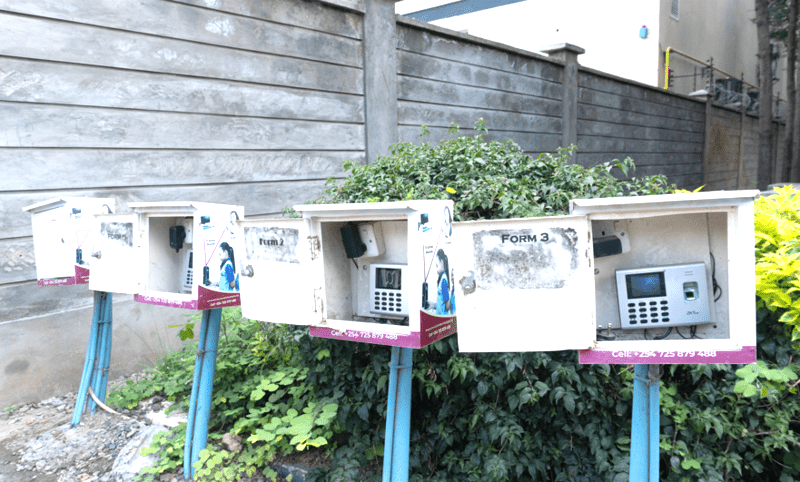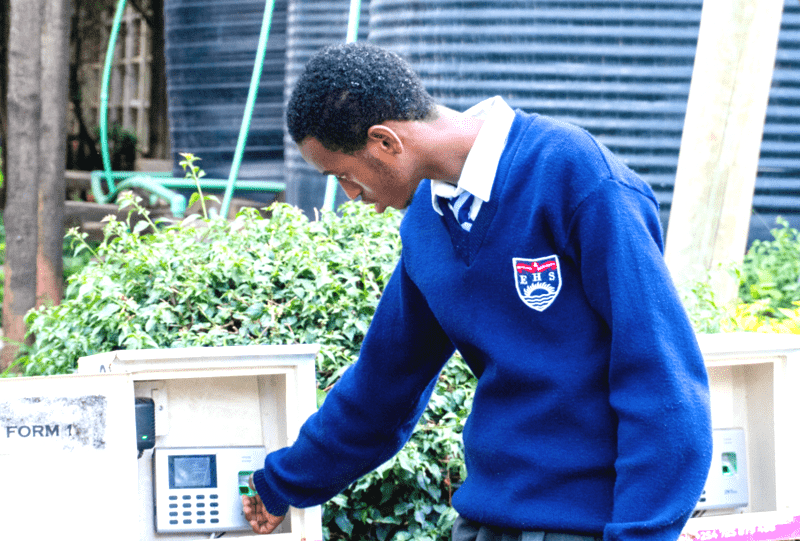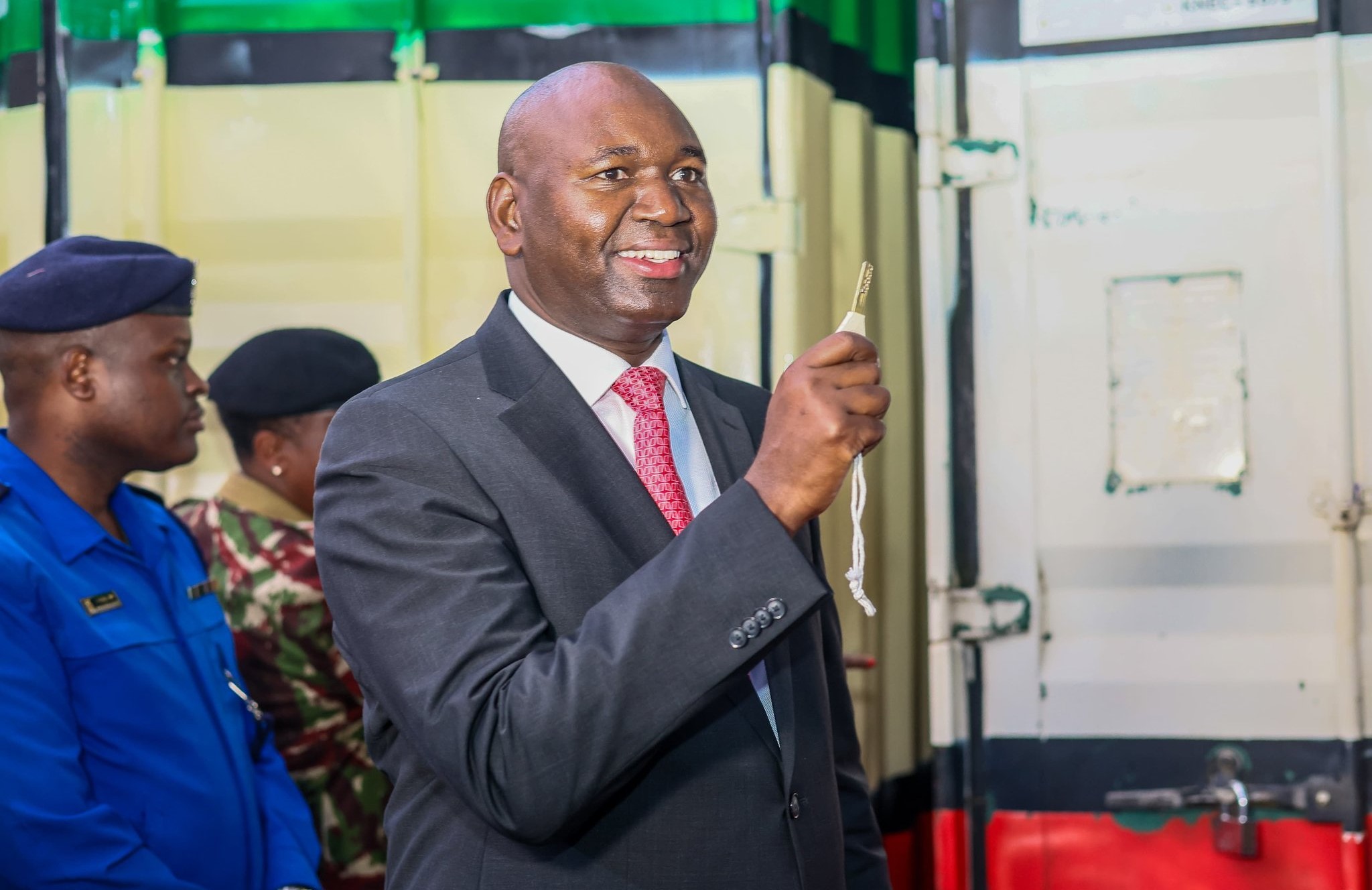At the entrance of Eastleigh High School in Nairobi, biometric fingerprint sensors have been strategically installed to track student attendance.
These sensors are encased in sturdy metal boxes to shield them from rain and potential damage.
Parents and teachers at the school once had a shared concern on how school should monitor students during school hours.
However, with the Students Time Attendance Parent Alerting System (STAPAS) technology, both parents and teachers can now relax, knowing that students’ whereabouts can be easily tracked.
According to the school Principal Samuel Kimathi, the high rate of student absenteeism prompted the installation of Stapas.
He mentioned that some students would sometimes skip school, which led to the implementation of a biometric system. This transformed the way student attendance was tracked and created a more accountable school environment.
Under the new system, the school would track students who missed attendance and then contact their parents to verify if they had left home that morning.
The Principal stated that the biometric system has greatly decreased unexplained absences by providing a reliable method for monitoring school attendance.

He mentioned that a significant aspect of the system is its ability to integrate with parents’ mobile phones.
Whenever a student checks in or out, a notification is sent to their parents to inform them of their child’s arrival and departure times.
“This not only reassures parents about their child’s safety but also allows them to monitor their punctuality and attendance in real-time,” Kimathi said.
Deputy Principal Nicodemus Kalugho mentioned that upon a student’s initial admission to the school, they are registered in the system, which subsequently connects to their parent’s phone number.
READ ALSO:
Ministry of Education issues guidelines on managing school funds
Every day upon arrival at school, each student must scan their fingerprints at the gate. This data is then used to generate a text message sent directly to their parent.
Kalugho stated that if a student fails to check in within 24 hours, a message is automatically sent to the parent notifying them of the absence. Additionally, the data is automatically stored in a secure database.
Kalugho mentioned that prior to the implementation of digital fingerprint sensors, it was challenging to record the arrival and departure times of the students, who are more than 1,000 students.
Teachers used traditional methods such as roll calls and sign-in sheets, which not only consumed time but were also susceptible to errors and manipulation.

“This often led to discrepancies in attendance records and challenges in ensuring that students were present in school as required. So we scaled up the system to enable teachers to easily handle students’ records,” he said.
He further mentioned that the system has not just tackled safety issues but also encouraged punctuality among students, marking a positive stride in fostering responsibility and accountability.
“It’s reassuring to know exactly when my son gets to school and when he leaves. It gives me peace of mind, especially knowing how busy Eastleigh is,” said Abdul Juma, a parent of a Form Two student.
He mentioned that ever since implementing the system, his son has been getting to school and back home earlier.
While the new system has seen considerable success, it hasn’t been without its share of challenges. Technical issues like intermittent glitches in fingerprint sensors and the requirement for regular maintenance have slowed down its complete rollout.
Some students have also expressed frustration over occasional fingerprint rejections by the system. Nevertheless, the school administration assured its dedication to promptly resolving these issues. Some students also had mixed emotions regarding the system, alongside the technical challenges.
According to a Form Four student, some students sense constant surveillance, while others express frustration over occasional failures of the fingerprint sensors.
Schools across different regions of the country, including State House Girls High, Alliance, Maseno, Maranda, and Meru, have adopted comparable systems, underscoring a growing acknowledgment of the advantages of digital attendance monitoring.
By Frank Mugwe
You can also follow our social media pages on Twitter: Education News KE and Facebook: Education News Newspaper for timely updates.
>>> Click here to stay up-to-date with trending regional stories
>>> Click here to read more informed opinions on the country’s education landscape
>>> Click here to stay ahead with the latest national news






